Description
Schneider Electric Triconex AI 2351 (7400210-100) – Safety‑grade Analog Input Module for TMR Systems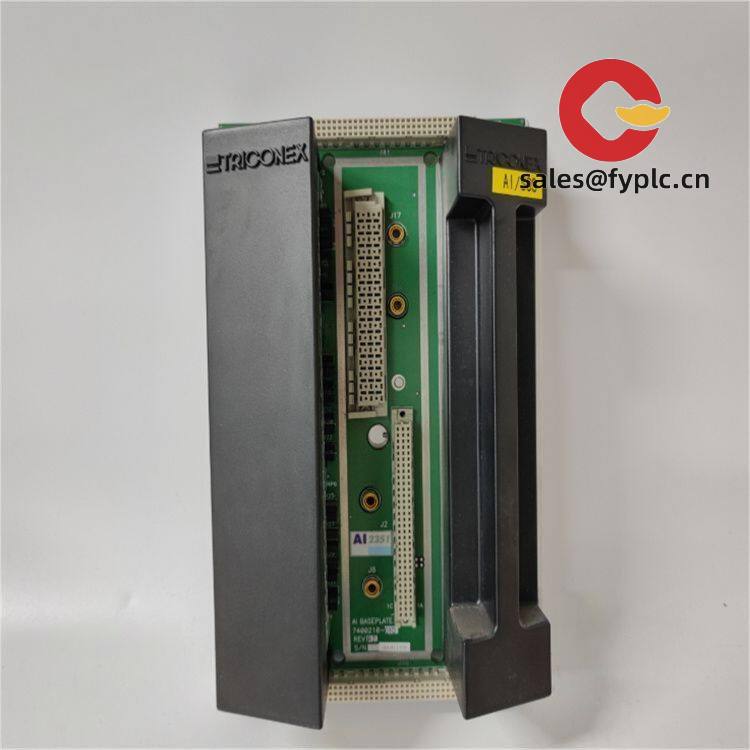
The Triconex AI 2351, part number 7400210-100, is an analog input module used in Triconex triple‑modular‑redundant (TMR) safety systems to acquire critical process signals with deterministic reliability. From my experience, it’s typically chosen when you need clean, validated 4–20 mA and comparable analog measurements feeding a SIL3 safety logic solver, without adding complexity to the field wiring or compromising on diagnostics.
Our Order Process and Guarantees
- Warranty: 365 days
- Delivery: 1 week if in stock; no more than one month latest
- Payment: 50% advance; full payment before delivery
- Express options: FedEx, UPS, DHL
Key Features
- TMR safety architecture – Works within the Triconex TMR chassis to provide fault tolerance and continuous availability for safety instrumented functions.
- Analog signal handling – Designed for common industrial ranges; 4–20 mA is typically used in most installations for process variables like pressure, level, and temperature.
- Deterministic diagnostics – Built‑in channel health and module status indications streamline troubleshooting and reduce mean time to repair.
- Backplane integration – Communicates via the Triconex system backplane; no external comms modules required for I/O data exchange.
- Hot‑swap serviceability – Field technicians can replace a module online under defined procedures, minimizing process interruptions.
- Safety lifecycle fit – Suitable for SIL3 applications when deployed as part of a certified Triconex system, helping you meet functional safety targets.
Technical Specifications
| Brand / Model | Schneider Electric Triconex / AI 2351 (7400210-100) |
| HS Code | 8538.90.00 (Parts for switchgear/PLC control panels) |
| Power Requirements | Supplied via Triconex system backplane; field loop power typically provided externally (24 VDC) when using 4–20 mA transmitters. |
| Signal Input Types | Analog inputs for industrial process signals; 4–20 mA commonly used. Selected voltage ranges may be supported per system configuration. |
| Communication Interfaces | Triconex TMR backplane interface; engineered and diagnosed via TriStation 1131 environment (system‑level). |
| Installation Method | Plug‑in module for Triconex chassis; supports online replacement under approved procedures; use matching termination assemblies. |
| Operating Temperature | Typically control‑room conditions; follow Triconex system environmental ratings for 0–60 °C class cabinets. |
| Dimensions & Weight | Standard Triconex I/O form factor; fits the corresponding Triconex chassis slot and termination assembly footprint. |
Application Fields
You’ll typically find the AI 2351 in safety instrumented systems where downtime and spurious trips are costly. Examples we’ve supported:
- Emergency shutdown and process shutdown in oil & gas facilities (onshore plants and offshore platforms).
- Burner management and fuel skids in refining and petrochemicals.
- Boiler protection and turbine auxiliaires in power generation.
- High‑integrity pressure/level monitoring in chemical and specialty materials production.
- Pipeline stations and storage terminals requiring redundant instrumentation paths.
A maintenance lead at a Gulf Coast refinery told us the AI 2351 “cleaned up noisy loops when we migrated to TMR,” mostly because the diagnostics made it obvious which leg was drifting, so they could fix wiring before it became a trip issue.
Advantages & Value for Procurement
- Reliability – Designed to sustain faults without losing function when installed in a TMR chassis; helps prevent nuisance trips.
- Compatibility – Works within established Triconex architectures; keeps your existing engineering tools and wiring conventions.
- Lifecycle savings – Hot‑swap capability and fast diagnostics reduce downtime and call‑out costs in many cases.
- Supportability – Broad field base and available spares; configuration and proof‑testing align with typical TriStation workflows.
Installation & Maintenance
- Cabinet environment – Use a ventilated, clean control cabinet meeting Triconex ambient specs; avoid heat sources and maintain airflow around cards.
- Wiring – Use shielded twisted pair for analog loops; land on the matched Triconex termination assembly. Keep analog and power cabling segregated.
- Loop power – For 4–20 mA transmitters, provide stable 24 VDC (if using externally powered loops). Verify polarity and channel assignment before energizing.
- Grounding – Single‑point shield grounding is recommended to reduce noise; follow site earthing standards.
- Hot‑swap – Module replacement can be performed online under approved MOC and safety procedures; confirm trip settings and permissives beforehand.
- Routine care – Periodic proof‑testing, channel verification with a calibrator, checking terminal torque, and inspecting for dust buildup. Firmware/config updates should follow site management of change.
Quality & Certifications
- Safety – Suitable for SIL3 applications when used within a certified Triconex system (TÜV pathway).
- Conformity – CE marking and typical UL/CSA compliance for industrial control equipment; RoHS where applicable.
- Warranty – 12 months coverage (365 days).
Related Components (for a complete setup)
- Triconex chassis and backplane matching your controller size (TMR slots for I/O).
- Dedicated Triconex termination assemblies and system cables for AI modules.
- 24 VDC industrial power supply for loop instruments (where loops are not powered by the field device).
- TriStation 1131 engineering workstation for configuration, diagnostics, and proof testing.

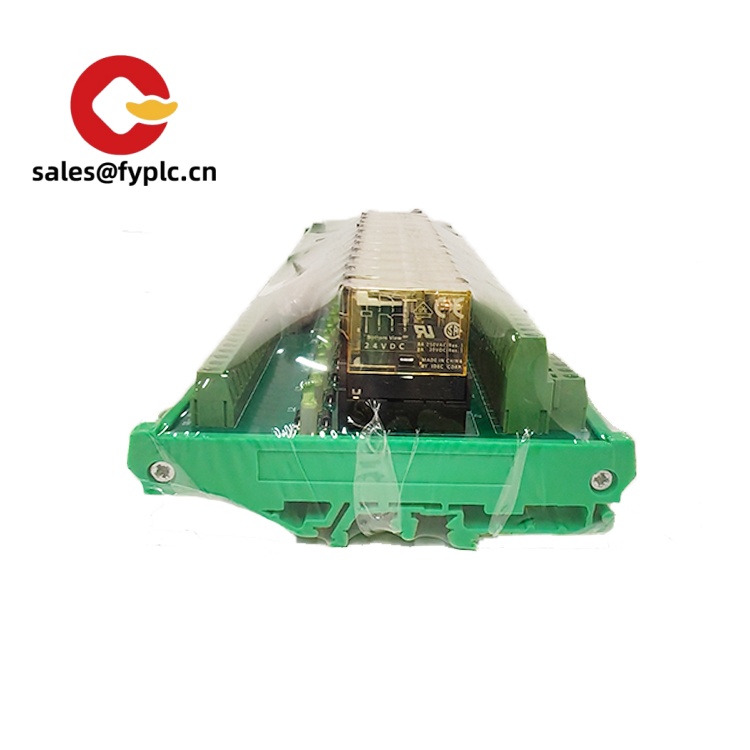
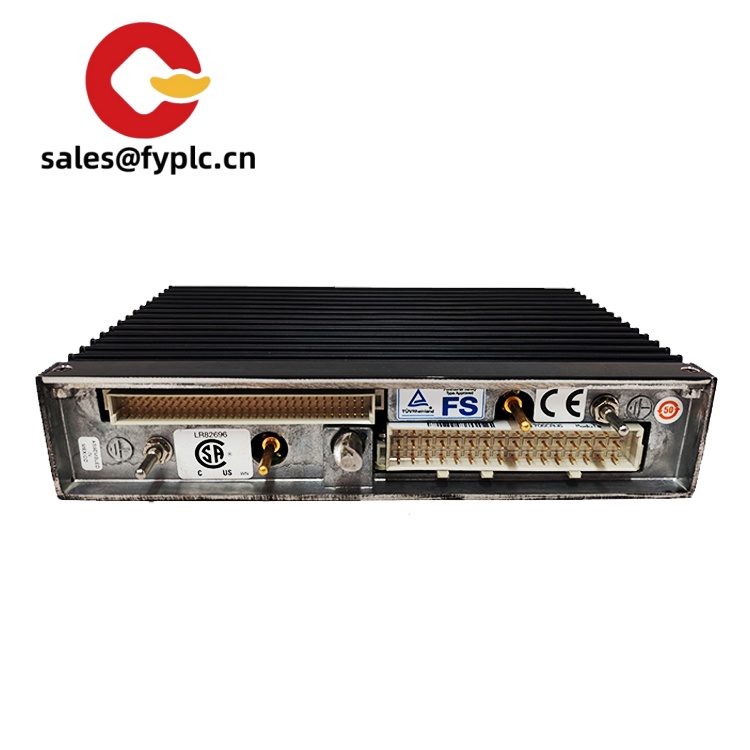

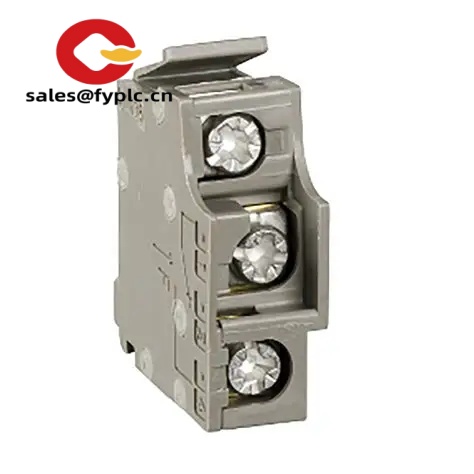
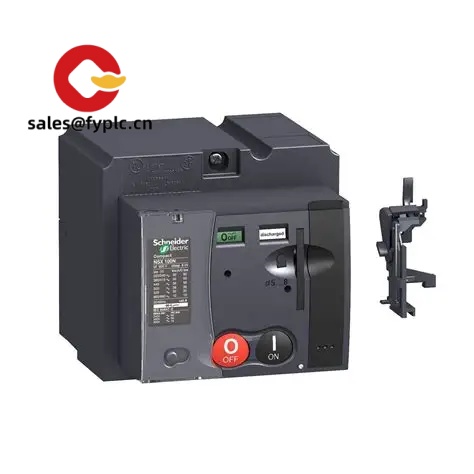
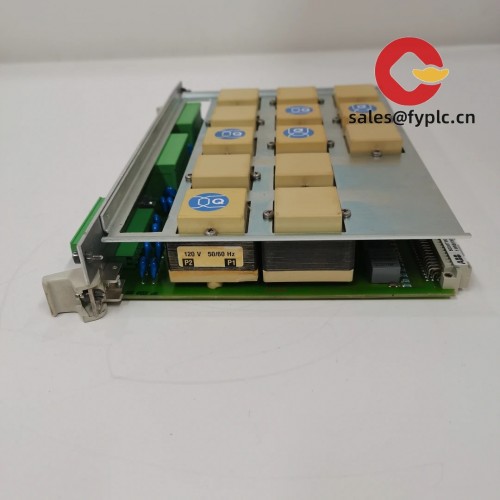
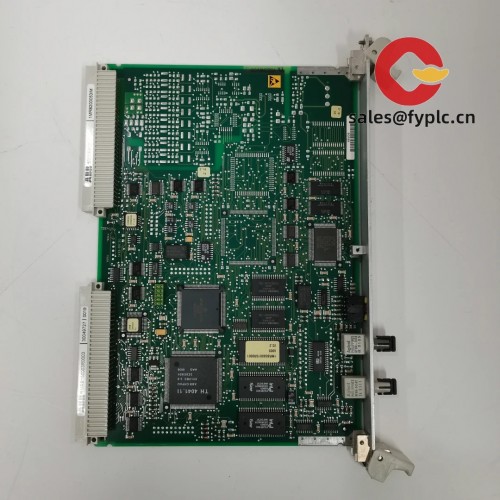
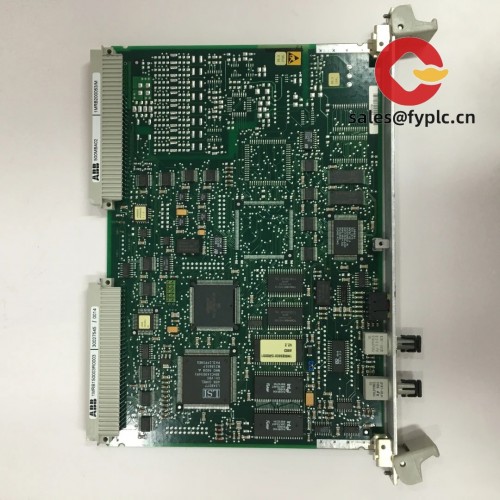
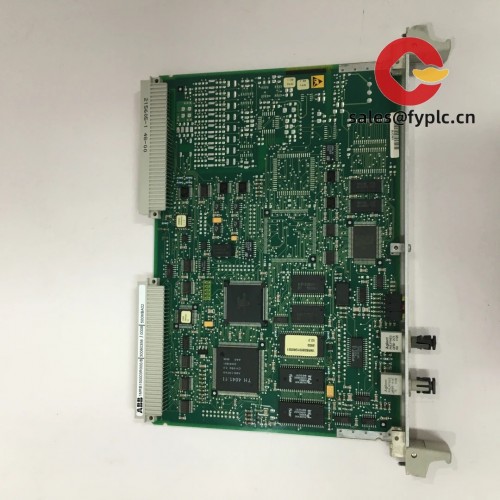
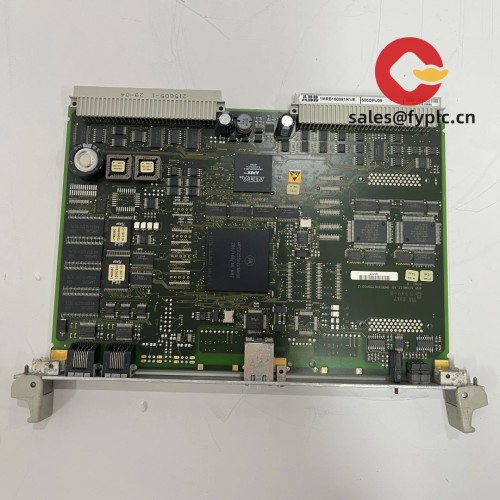


Reviews
There are no reviews yet.